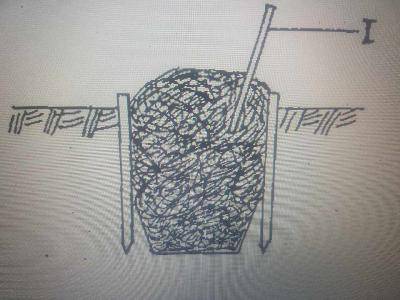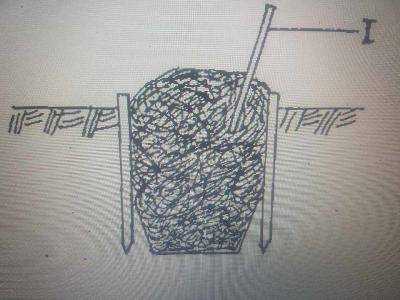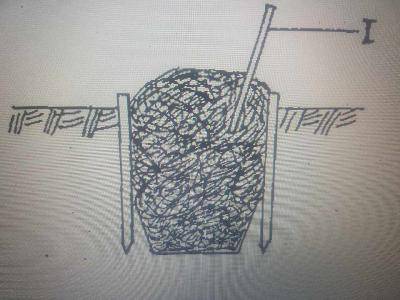
Agricultural Science Questions and Answers
A comprehensive list of Agricultural science questions with answers to help you prepare for JAMB, WAEC, NECO, Post UTME exams.

A comprehensive list of Agricultural science questions with answers to help you prepare for JAMB, WAEC, NECO, Post UTME exams.
Soil structure is described as the
Proportion of different sizes of soil particles
Degree of water percolation within the soil
Degree of soil aeration within the soil
Arrangement of soil particles into aggregates
Correct answer is D
Soil structure refers to the way soil particles are organized and arranged into aggregates or clumps. It is an important characteristic of soil that influences various soil properties and processes, including water retention, aeration, root penetration, and nutrient availability.
The diagram above illustrates a method of compost making. Study it and answer the question.

A material that could be used as starter in the method of compost making illustrated is
Ash
Straw
Blood
Urine
Correct answer is D
Urine can be used as a starter or compost activator in the method of compost making. Human urine is rich in nitrogen, which is an essential element for the composting process. Nitrogen is a key component that helps promote the growth and activity of beneficial microorganisms responsible for breaking down organic matter in the compost pile.
The diagram above illustrates a method of compost making. Study it and answer the question.

The part labelled I is used for
Checking the decomposition rate
Hastening the fermentation rate
Turning the compost materials
Stacking the compost materials
Correct answer is C
The part labelled I is used for turning the compost materials.
The diagram above illustrates a method of compost making. Study it and answer the question.

The method of compost milking illustrated in the diagram is
Heap
Bin
Sheet
Pit
Correct answer is D
The method of compost milking illustrated in the diagram is pit
Ornamental plants are primarily cultivated to
Provide fodder for livestock
Beautify the environment
Serve as mulching materials
Serve as raw materials
Correct answer is B
Ornamental plants are primarily cultivated for their aesthetic value and decorative purposes. They are grown and maintained to beautify the environment, whether in gardens, parks, landscapes, or indoor settings.